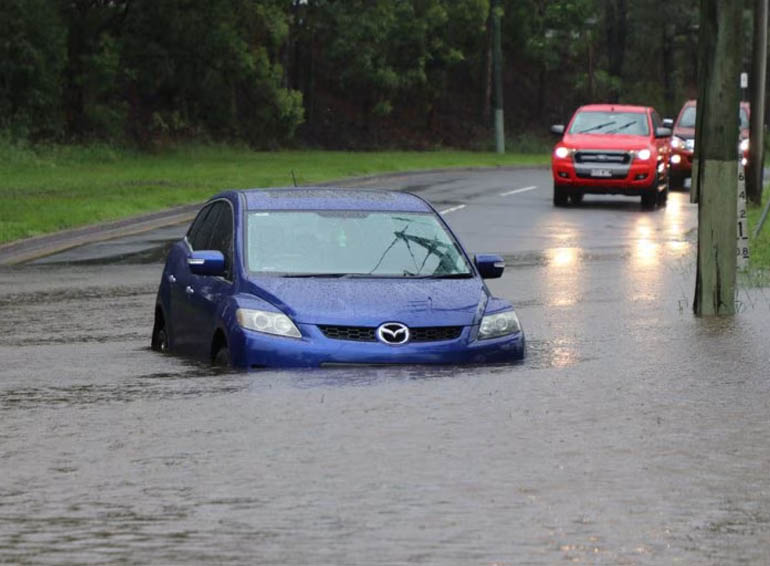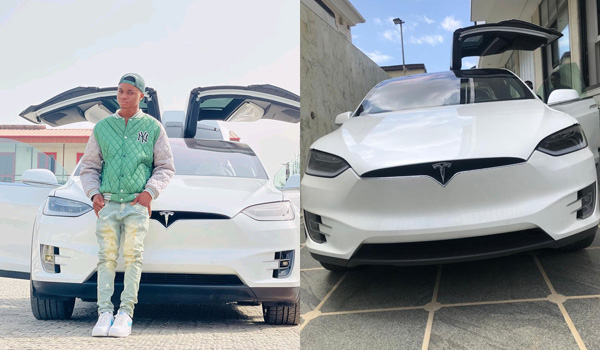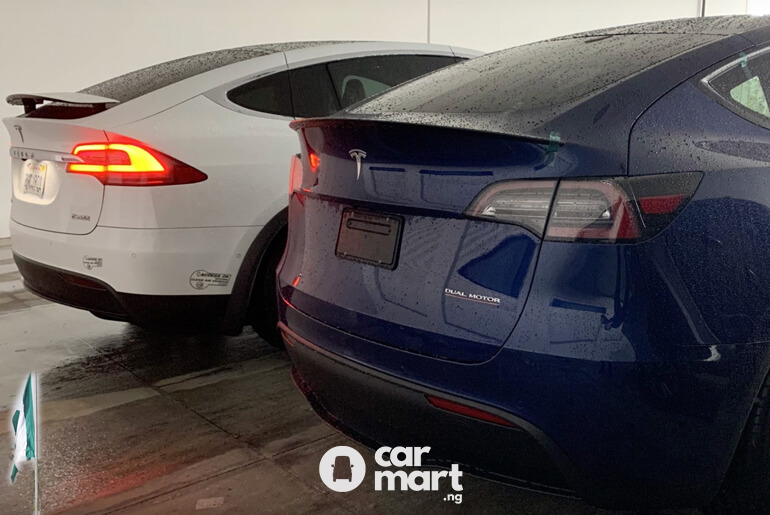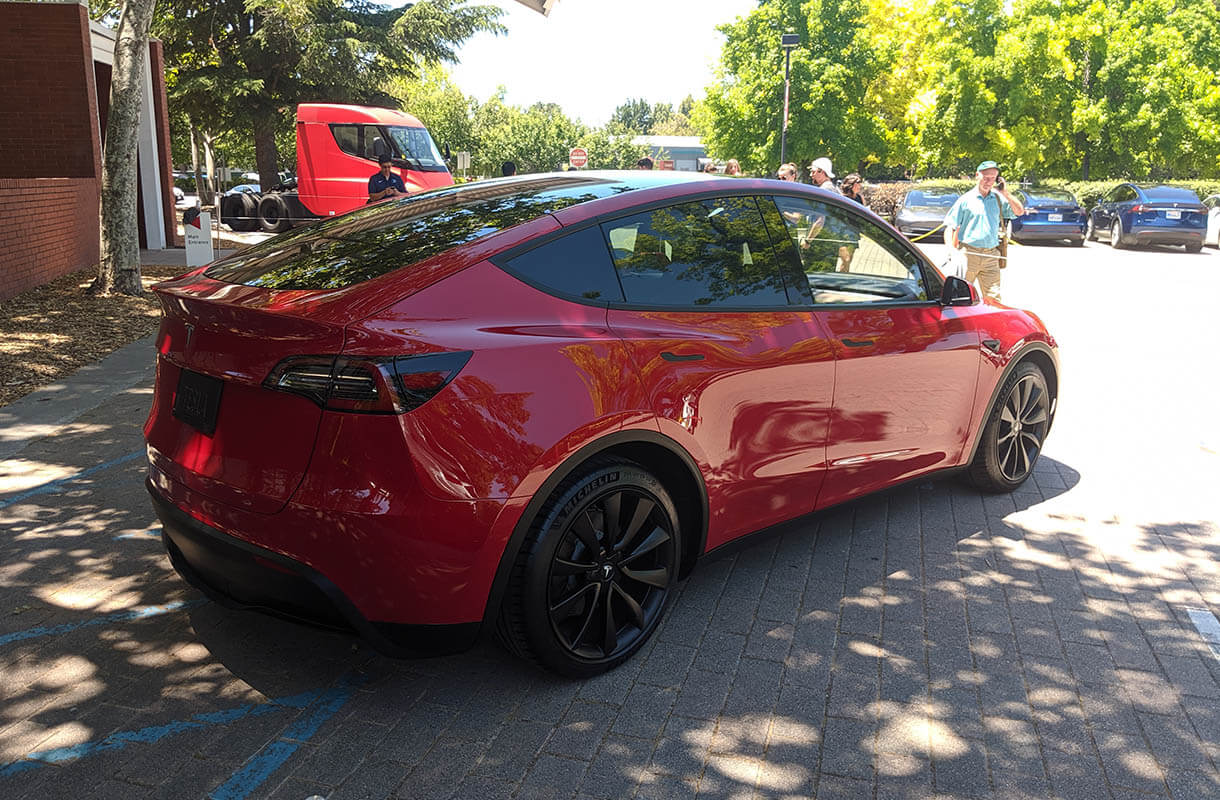The Nigerian government has shown commitment towards the development of electric vehicles and has proposed policies and plans to support the adoption and production of EVs. Last year, the National Automotive Design and Development Council acquired locally-assembled electric vehicles with charging infrastructure from Nigerian Jet Motors.
Table of Contents
The Electric Vehicle Development Plan has entered its final stage for ratification and implementation, which aims to position Nigeria as a leading country in EVs. If you are Nigerian, you would agree that the price of gasoline fluctuates from time to time, and it’s mostly scarce. Electric vehicles are, without a doubt, a welcome substitute since you won’t need to worry about the long queues in the filling station or pay through your nose for petrol.
Although the evidence of the positives has become very clear, there are also some downsides that each individual needs to consider before they decide to make an electric car their next big investment in Nigeria. One of which we are going to look into in this article: FLOODING
Flooding is an overflowing of water onto land that is normally dry. Floods can happen during heavy rains, when ocean waves come on shore, when snow melts quickly, or when dams or levees break. Damaging flooding may happen with only a few inches of water, or it may cover a house to the rooftop. Floods can occur within minutes or over a long period and may last days, weeks, or longer
Nigeria is experiencing the worst flooding in at least a decade. The floods have damaged homes, infrastructure and large areas of farmland across the country. More than 600 people have died and an estimated 2.8 million people have been affected, many of whom have been displaced from their communities.
Causes of Flooding in Nigeria
Nigeria is one of the most flood-prone countries in West Africa. Many areas experience annual flooding. This happens during heavy rainfall and one of the reasons is poor drainage systems. Flash floods are considered the deadliest hazards related to extreme weather. Nigeria is increasingly prone to them.
Flooding in Nigeria is caused by both natural and human activities. Natural causes include excessive rainfall, terrain, and the nature of soils. Human activities such as poor environmental planning and monitoring, housing development in flood-prone areas, deforestation, haphazard developments leading to the blockage of drains, poor waste disposal practices, negligence by the government in designing and implementing policies, and weak enforcement of policies also contribute to flood occurrence.
The construction of dams and upstream land use have also been identified as factors that have caused a reduction in river discharges in the Niger Delta, leading to flooding. Climate change, including increased rainfall intensity, frequency, and duration, has also been recognized as a driver of flooding in Nigeria. Overall, a combination of natural and human factors, including poor planning, infrastructure, and governance, contribute to the occurrence of flooding in Nigeria.
How Electric Car Works
Electric cars are fitted with large battery packs which generate a high voltage, which in turn powers electric motors. These batteries can now be charged at home or in dedicated EV charging bays out and about.
Can Electric Vehicles be driven through water or floods?
Electricity and water: from a young age we’re taught not to mix the two, or suffer the consequences.
Of course, there are some exceptions for off-road vehicles. Off-road EVs are increasingly being built around the world, and these vehicles can be driven through shallow water crossings, without any impact on the powertrain as all the components are sealed. That said, this kind of driving can still be dangerous and should only be attempted by experienced off-road drivers.
Electric cars in flood water
Whether you are driving an electric vehicle (EV) or a traditional internal combustion engine (ICE) vehicle, the official advice is the same: If it’s flooded, forget it.
Always avoid driving through floodwaters; fast-moving water may be deeper and more powerful than it seems, potentially moving any car off-course.
Shallow water can be risky to drive in also if it is flowing faster than 7km/hr. Modern cars are very airtight to ensure climate control works effectively. Water that is only 15cm is enough to stop the air intake of any vehicle, causing it to float once the water’s depth passes 30cm.
Risks of Electric Vehicles in Flood Water
As global warming leads to more frequent flooding events, we can expect to see the total submersion of vehicles in flood waters more often over time of which electric vehicles are not excluded. There are three risks to emergency responders with electric vehicles in flood water:
- Electrocution risk
- Removal from water
- Increased risk of EV battery fire following submersion
Electrocution Risk
Can an EV in water electrocute responding crews?
An EV cannot electrocute a body of water & there is a very low risk of responders entering the water to facilitate EV removal, Note this:
- It is safest to assume the EVs high voltage systems are live & take extreme caution at all times
- Full PPE should be worn
- Electrical tools should be used where appropriate
- Responders should avoid touching the vehicle where possible as exposed orange HV cables may not be visible underwater
Electric vehicles use direct current (DC) high voltage systems, typically 400V DC & upwards. DC power seeks to find a path back to itself, is independent of external systems & does not require ‘grounding’. This means the EV should not electrocute a responder touching the car, or spraying an unbroken stream of water onto an EV on fire.
Removal From Water
Where an EV has been submerged in water, it is safe to recover the vehicle the same way as you would any other vehicle.
A submerged EV does not electrify the water around it, however, if bubbles are present in the water, move away from the vehicle as this may indicate thermal runaway is occurring underwater, & bubbles may contain toxic gases. Where an EV has been submerged in water the following actions may be taken by emergency responders by our IAIIM method, however, all responders should refer to their agency SOPs:
Identify: Is the submerged vehicle an EV? How can you tell?
Assess: Prior to recovery operations, look for risks to personal safety:
- Check to see if the EV is connected to charging; exposure to live charging using AC grid power poses a serious electrocution risk.
- Exposed orange HV cables, arcing, sparking, scattered or floating battery cells.
- Signs of thermal runaway (battery fire) such as loud popping, hissing, whistling noises, large clouds of vapour or jet-like flames
Note that flames may appear underwater while the EV is still submerged.
- Decide how you will protect yourself – full PPE/PPC is recommended.5. Decide how to connect towing to the EV with minimal time in the water.
Immobilize: Decide how to approach the EV while in the water, bearing in mind that movement may be unexpected, silent & rapid.
Isolate: Once the EV has been removed from the water isolate the high-voltage systems using a cut loop, pull the plug or pull the fuse.
Monitor:
- Using a thermal imaging camera, monitor the battery pack for any increase in temperature above ambient
- Be alert to the signs of thermal runaway
- Thermal runaway may occur several weeks or even months post-submersion, so it is advisable to quarantine the EV until it can be fully assessed.
Increased risk of EV battery fire following submersion
Why does a submerged EV have a higher risk of battery fire?
It is perfectly safe to drive through heavy rain & puddles in an EV. Electric vehicle safety systems & battery packs are designed to be safe in water, even if fully submerged (however all emergency agencies do not recommend driving through flood water).
However, EVs that have been submerged in water, particularly salt water, for an extended period of time – typically hours to days – may have a higher potential risk of experiencing a battery short circuit, which may result in a battery fire.
Can Electric Cars be charged in rain/flood?
Yes, but there’s one thing you probably shouldn’t do.
Plugging into a wall box or a proper charging point is fine and is completely safe, whatever the weather. However, if you use a multi-socket extension cord to charge your EV by running a domestic three-pin plug from your house and outside, leaving that extension out in wet weather is not a very smart idea.
EVs, like all vehicles, should not be driven through flooded roads as it is extremely dangerous and potentially life-threatening. Cars may experience loss of control or get stuck on hidden hazards. In these situations, all drivers regardless of fuel type should seek alternative routes.
Have 1 million naira and above to Buy or Sell Cars In Nigeria? Check carlots.ng
All rights reserved. Reproduction, publication, broadcasting, rewriting, or redistribution of this material and other digital content on carmart.ng is strictly prohibited without prior express written permission from Carmart Nigeria - Contact: [email protected]







